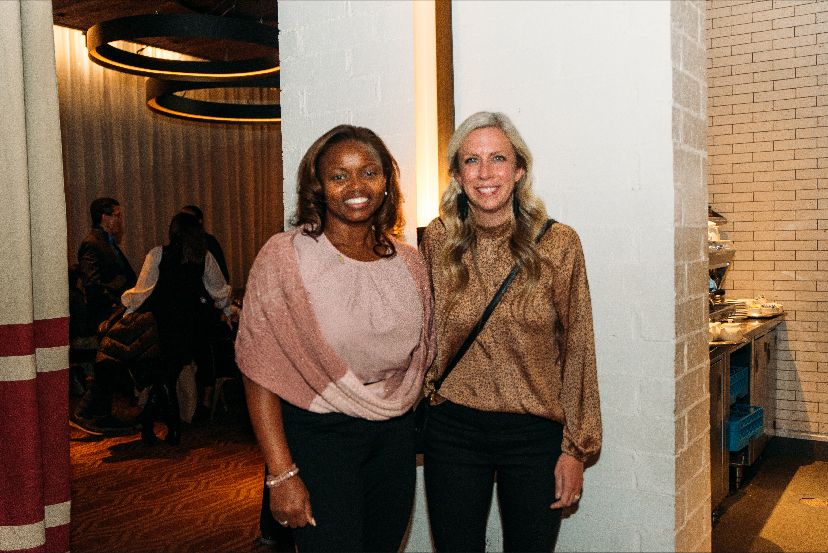Diverging Trends in Intellectual Property for Software & Communications
By Needle & Rosenberg
During the past several years, many computer software and communication technology companies have increasingly begun to use patents as the primary mechanism for legally protecting their computer software and other innovative techniques from misappropriation by others. At the same time, many software companies have grown to rely less on copyright protection to protect their innovation. This divergent, but possibly related, trend has caused a dramatic shift in thinking in the software and communication technology industries — a change destined to have a major impact on the continued advancement of these technologies. Regardless of whether this impact is deemed positive or negative, it will be a significant impact.
To understand how the changing roles of patent and copyright protection will affect the software and communication technology industries, at least a basic understanding of the underpinnings of the patent and copyright laws must be possessed. This article focuses on patent and copyright protection in the United States, although it will be understood that many of the basis principles discussed will be applicable to the intellectual property laws of other countries. Also, because of the many similarities between the application of intellectual property principles to software and communication technologies (such as the Internet, telecommunications, etc.), this article treats these varying technologies in a like manner.
U.S. Copyright Protection
In the United States, the copyright and patent laws were created by Congress under its constitutionally mandated power “to promote the Progress of Science and useful Arts, by securing for limited Times to Authors and Inventors the exclusive Right to their respective Writings and Discoveries.”
With respect to the copyright law, the key constitutional language is “to promote the Progress of Science…, by securing for limited Times to Authors… the exclusive Right to their respective Writings…”. The copyright laws serve to protect the “writings” of “authors” against unauthorized copying. Only those works that are “original” are protected, and therefore, independent creation by another without access to the copyrighted work would not be copyright infringement, and would, in fact, entitle the second work to copyright protection in its own right.
In the computer software context, a computer program, either in its original “source code” format, or in its machine-readable format, is generally deemed to fall within the definition of a “writing” for copyright purposes. In fact, in 1980, the U.S. copyright laws were amended to make explicit that computer programs, to the extent they embody an author’s original creation, are proper subject matter of copyright. While there has been a considerable amount of debate on this point, case law supports this view.
U.S. Patent Protection
Unlike copyright law, the relevant constitutional language for implementing the patent laws is “to promote the Progress of… useful Arts, by securing for limited Times to… Inventors the exclusive Right to their… Discoveries.” Because it is the “useful arts” that are being protected, only a useful “process, machine, manufacture, or composition of matter, or any… useful improvement thereof” can be protected by a patent. In addition to being useful, to obtain a patent, the invention must also be novel (new) and non-obvious.
The novelty requirement may be contrasted with the originality requirement of copyright law. To be novel and non-obvious, the invention must not have been a part of the “prior art,” and must not have been an obvious variation of the prior art, regardless of whether the invention was created independently from that of the prior art. This is markedly different from copyright law, where independent creation of even an identical work results in copyright protection in the second created work.
An issued patent allows the patent owner to exclude others from making, using or selling the patented invention. Such a right operates regardless of whether another copied the invention from the inventor of the patented subject matter.
Why Copyright and Patent Protection?
When developing computer software, the creator of the software usually wishes to ensure that the time and effort expended is somehow protected against misappropriation by, for example, a competitor. By the same token, the software developer not only wants to prevent others from making verbatim copies of the software, but also from copying as much of the innovation that went into the software as possible.
Software operating on a computer causes the computer to perform a process, and the process can usually be represented by any one of a multitude of different (even if functionally equivalent) sequences of software code. Thus, a software developer does not merely wish to rely on the prevention of verbatim copying of the software, since a competitor may observe the functions performed by the software, and without knowing the details of the software code underlying the functions, write equivalent code.
Thus, given the choice, most software developers want to be able to (1) prevent others from making, using and selling verbatim copies of the software, and (2) prevent others from utilizing the functionality by which the software operates. From the software developer’s point of view, the broader such protection exists, the better.
Just as the software developer wants to protect its software from being copied, either exactly or functionally, society (you, me and everybody other than the software developer) wants to have broad and inexpensive access to software that performs useful functions in new and innovative ways. It would benefit society the greatest if it (1) could have access to a wide variety of innovative and useful software products, (2) while paying little for such software.
Because software lends itself well to being easily copied and distributed, it would be possible for the laws to allow for society to pay little for software — by simply allowing for any and all copying and distribution of software by third parties. Of course, such a law would provide little incentive for software development, as few companies or individuals would be willing to go to the trouble to develop software knowing that it could be easily copied without recourse.
Thus, assuming that society wants to have wide access to innovative software, it is safe to say that society is willing to pay for this access, such as by allowing software developers to have proprietary rights in their creations. However, unlike the software developer, who wishes to have broad rights that allow him or her to reap a maximum return on investment, society likely is only willing to grant the software developer enough of an incentive so as to create a minimum threshold of innovation — or usefulness — in the developed software. In the end, society wishes to reward the software developer, but not to the extent that the developer would optimally desire.
The Ideal Level of Protection for Software
Obviously, a gap exists between the level of legal protection afforded software that the developer ideally wants, and that which society is willing to grant. However, as with any other difficult legal determination, a line, albeit not always a bright line, can be created that is equally fair to both the creator of software and society.
When creating the ideal level of protection for software, a number of factors can be taken into account, including:
– At what minimum level of protection will a software developer be willing to develop a particular piece of software?
– What is the maximum price society is willing to pay for such a piece of software?
– How can the level of protection be created so that the maximum amount of innovation in software is generated, at a price suitable for the maximum number of members of society?
Of course, these are but a few of the types of policy questions that must be asked and answered in order to arrive at the fairest level of protection.
Expansion of Patent Protection and Business Methods
During the mid- and late 1980s, the preferred means of protecting computer software began to shift from copyrights to patents. Specifically, more companies began to file patent applications for their computer software inventions as the U.S. Patent Office began to relax its standards somewhat for issuing computer software patents and the federal courts upheld the majority of patents issued.
However, it was not until the early 1990s that software vendors clearly began to favor patents for computer software. The reason for the change stemmed in part from a series of federal court decisions which ruled that copyright protection for computer software should be applied narrowly to essentially protect little more than the exact copying of software code. These courts sent the message that broad protection for the functionality of computer software should be sought under patent laws. Many legal scholars agree with this view.
The trend toward broader patents directed to software inventions was arguably furthered in several legal cases where judges decided that patent applications presented proper “useful” statutory subject matter, even though the patent claims merely presented the software process in terms of different physical “elements” within a machine to perform the functions.
Most recently, in the much-publicized State Street Bank v. Signature Financial case, a federal appeals courts ruled that business methods may be patentable, striking down a long-standing doctrine that such inventions are not patentable. The court ruled that the prior prohibition on patenting business methods was not only ill-conceived, but it is not appropriate to computer-implemented inventions that clearly otherwise satisfy the tests of patentability.
As a result, the courts and the U.S. Patent Office have now made it abundantly clear that virtually any kind of software or other computer-implemented invention is subject to patent protection so long as the standard tests for patentability (useful, new and not obvious) are met. While many software companies in a variety of fields have already begun to file for patent protection in increasing volume, the State Street Bank case will undoubtedly further this trend among companies developing all types of software.
The Changing Roles
While patents are generally viewed as providing broader legal protection than copyrights, patents almost always cost more to procure and perfect than copyrights.
Additionally, while copyright protection automatically exists in software immediately upon its expression in a tangible form, one must apply for a patent with the U.S. Patent Office. A patent application may not result in the issuance of a patent for several years, during which time the applicant generally cannot enforce any patent rights.
Nevertheless, many computer software industry leaders commonly agree that patents will play a major role in the future of most software companies, regardless of whether they agree with the policies surrounding patent law. Much debate regarding software patents continues within the U.S. Patent Office, the federal government in general and the public at large. While many may question the appropriateness of patent protection for software, in terms of the appropriateness of the incentives it provides to software developers, few question the impact that software patents are having on the software marketplace.
For software patent owners, software patents represent a worthwhile way in which to protect the fruits of their labors. For would-be infringers, software patents represent a nuisance at best, and at least an impediment to the expansion into new or existing marketplaces.
For everyone, software patents represent powerful legal rights that cannot be ignored. Those who fail to recognize the importance of software patents — either as protection of their proprietary knowledge or as a barrier to their use of the proprietary knowledge of others — undoubtedly do so at their own peril.


